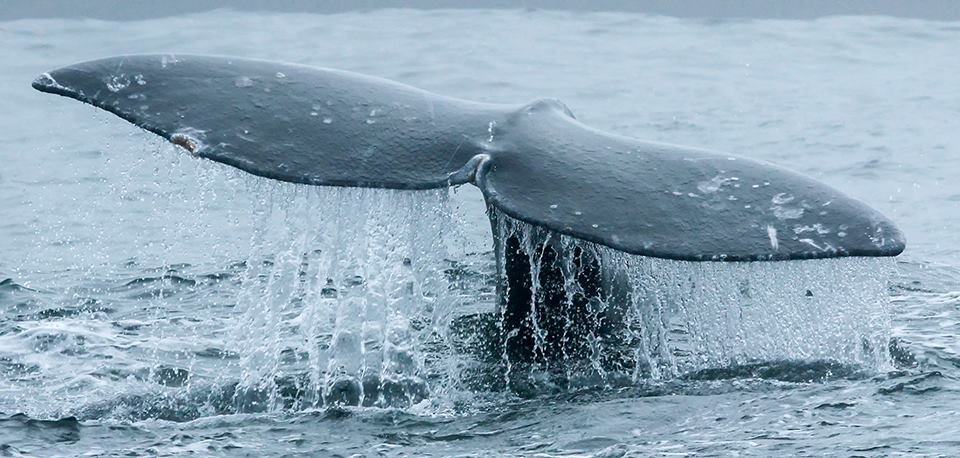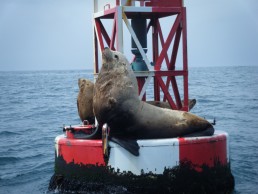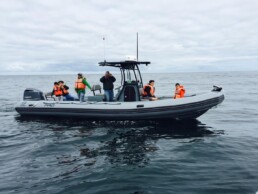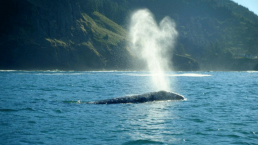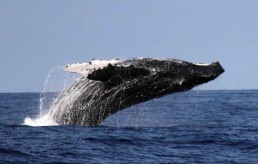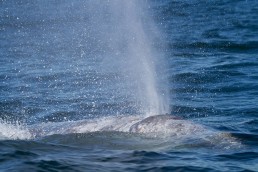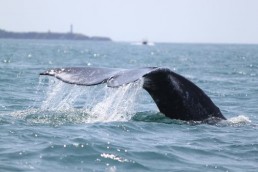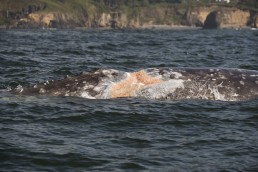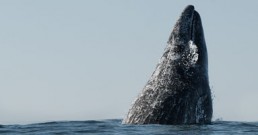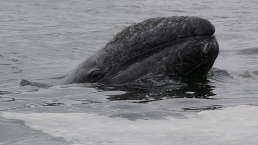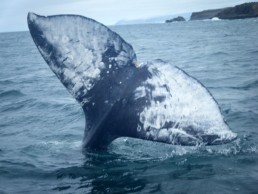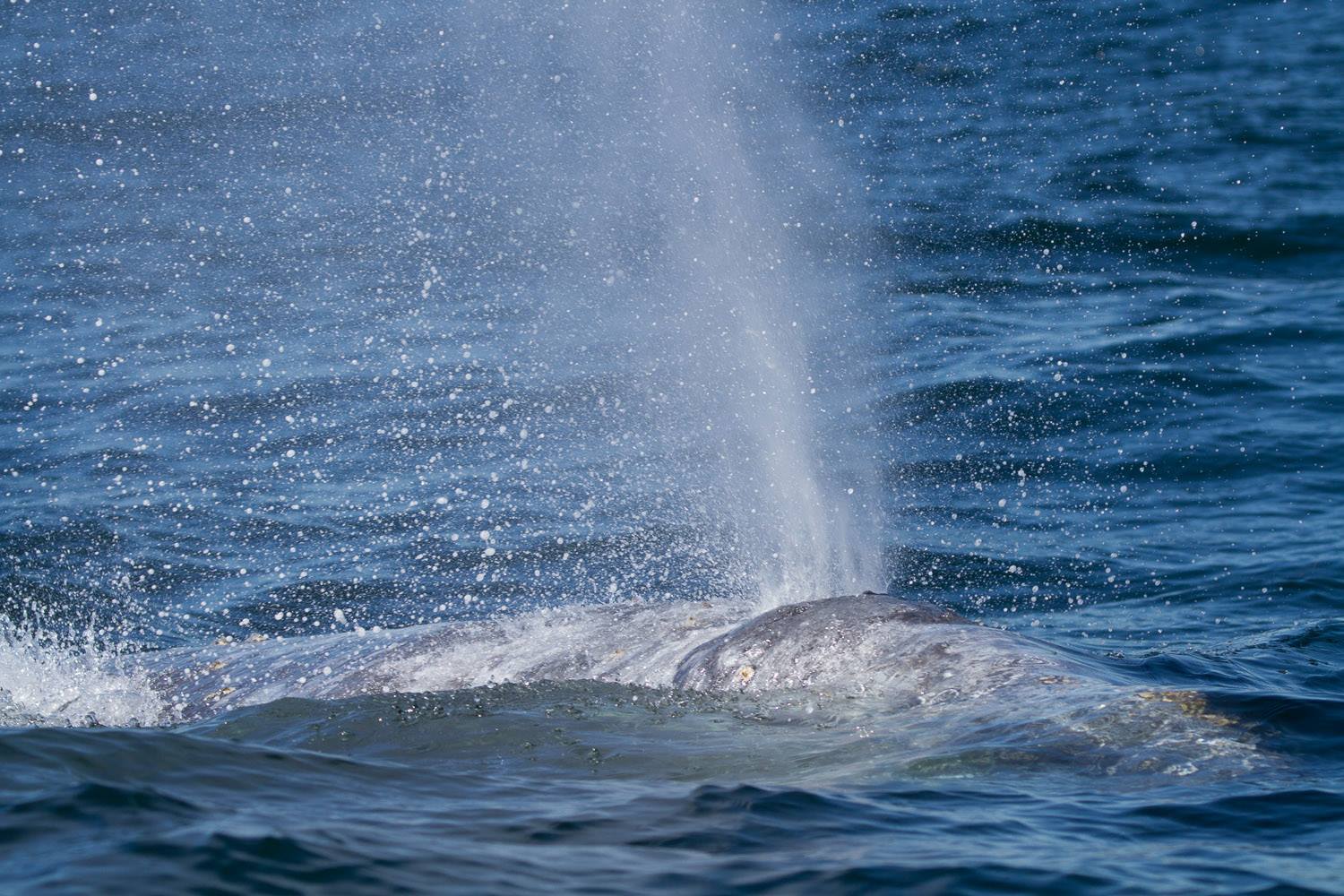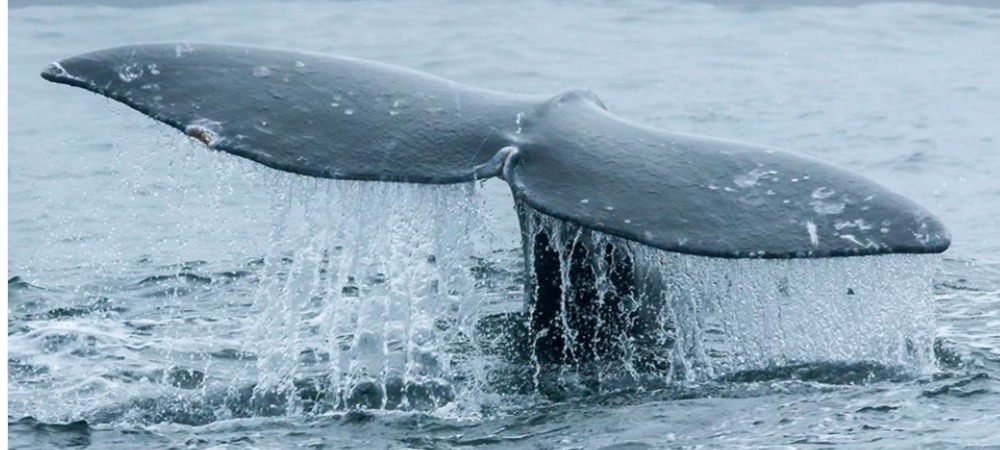Whale Watching Tours Depoe Bay Oregon
Whale Watching Tours Depoe Bay Oregon
Want a once in a lifetime experience? Hop aboard one of our zodiac whale watching boats. We strive to provide you with an experience that is not to be missed along with some lasting memories for the whole family.
We at Whale’s Tail Charters have put our thoughts and ideas together, forming the premise that ocean charters should be a more personal experience. Being honest and caring, the safety of our customers is the priority. We offer whale watching, scenic tours and personal charters to fit all your needs.
This is a great way to enjoy the natural wonders and spectacular wildlife that live off the shores of the Oregon coast. We hope you can join us for an exciting tour to see these incredible whales in their natural habitat.
About Us
Whale’s Tail Charters offers a fun and exciting way to explore the beautiful Oregon coast! Our low to the water boats are comfortable, quiet, and highly maneuverable, offering an incredible perspective of whales and marine wildlife.
With a maximum of six passengers on each boat, this tour is a more personalized experience. Here you can enjoy the exhilarating experience of these amazing whales and the beauty of the Oregon coast.
We provide our passengers with the adventure of a lifetime through excellent customer service, first class vessel, the highest possible safety standards and added value from an on the water education of whales and marine life. We have been inspected and approved by the state of Oregon and have all the latest safety equipment. Credentials
Our Boats
We operate two zodiacs RHIB (Ridged Hull Inflatable Boats). We take 2-6 people so there is no overcrowding. No diesel fumes to smell, we have 360° viewing, it is quiet, roomy, and faster than the larger boats, so you get to spend more time around the whales.
Zodiac inflatable boats are the safest and most stable boats in the world today. With all the new construction methods, technology and the new designs allowing necessary safety systems to be in place.
Because of their safety reputation, inflatable boats are now the standard for the military and other agencies because of their speed, maneuverability, and safe stable ride.
Gray Whales
A small percentage of gray whales feed off the coast of Depoe Bay between May and October. One of their primary food sources are mysid shrimp. Mysids are found near the ocean bottom and around kelp beds. The gray whale does not usually feed during its migration or winter calving periods.
Generally, gray whales are slow swimmers. Averaging three to five mph during migration and have a rhythmic breathing pattern. Normally they will make three to five short shallow dives of less than a minute each and then a long deep dive.
When a gray whale lifts its tail flukes out of the water it is going on a deep dive. This action is called sounding or fluking. It helps propel the whale downward to the bottom where they feed on small crustaceans. After the flukes disappear under the water the turbulence of the dive will cause a circle of smooth water known as a fluke print.
The Ultimate Whale Sighting
The ultimate in whale sightings is a breach. This occurs when a whale launches as much as ¾ of its body out of the water. Scientists are not sure why whales breach. They speculate that they do it to remove parasites, communicate with each other, or just do it for fun.
Gray whales can reach a length of about 40 to 50 feet, and weight between 50,000 and 80,000 pounds. They can live up to 40-70 years. Most of the older grays have scars and tooth rake marks from encounters with Orca Whales (Killer of Whales).
Depoe Bay's Resident Gray Whales
Some gray whales do not continue to Alaskan waters but stay off the coast of Oregon between June and October. These part-time resident gray whales number about 200. Approximately 60 whales are sighted repeatedly off the central coast and have been photographed and identified. Of these, 40 hang out between Lincoln City and Newport.
For whales to be known as residents, they must stay around a certain area for at least two days, exhibit feeding behavior, and return year after year. This distinguishes them from migrating whales which stop on their migration and feed then move on their way.
Along the coast of Depoe Bay our resident gray whales begin showing up in June. Some arrive in early summer, leave, and then return in late summer or early fall. The resident whales leave in mid-October and return to the breeding lagoons of Baja California to rejoin the remainder of the population.
Resident gray whales remain around Depoe Bay for a period of days to months. These whales are also known as the Pacific Coast Feeding Group. Gray whales move about and feed off the Oregon coast during the summer and fall months. They are still migratory animals, but this group makes a shorter migration route if they find adequate food sources.
New study finds Resident Gray Whales Move Around Quite A Bit
Best Time to See Oregon Whales
What is the best time of the year to see whales? Folks seem to think that the best time is during the annual migrations. Contrary to that popular belief, the best time to see whales here in Depoe Bay is June through September. This is when our resident whales have returned and taken up residence. As summer approaches we see more of our resident gray whales arrive.
During the spring migration is when the whales move closer to shore and stop to feed. The best times of day are mornings before the wind starts to blow. During the afternoon it can get windy, which tends to blow the spouts down making it hard for people to see them. The most popular trip is the 1 ½ hour at 10:00am or 12:00pm. This is when the ocean is usually calmer and a more enjoyable ride.
From mid-March to the end of May we have gray whales migrating from Mexico to Alaska. These whales are usually about 1-3 miles offshore and mothers and calves are right next to shore.
From June through September we have our resident gray whales. This is the best time to see whales in Oregon. They are right next to shore feeding (within 1/2 mile) and stay off Depoe Bay for months at a time. These whales do not make the trip to Alaska and make the Oregon coast their feeding area.
Barnacles and Whale Lice
Barnacles and whale lice are a fact of life for gray whales; there are hundreds of pounds of barnacles on gray whales. These barnacles attach themselves to gray whales in the lagoons when they are born. Barnacles stay on gray whales for as long as they are alive.
Barnacles depigment the skin when they attach themselves to the whale. When the barnacles die and fall off, they leave a small round white circle or ring. Barnacle scars create a unique pattern on each whale which can help in identifying the gray whale.
Gray whales also have whale lice which are not true parasites. They feed on the skin and damaged tissue which is beneficial to whale. Whale lice gather around open wounds or scars of the whale. Lice can spread from mother whales to their calves during birth and nursing.
Whale lice are orange colored patches around the barnacles and in crevices of the whale’s body. To get rid of the whale lice, whales rub themselves along the sea bottom or breach. Gray whales feed on bottom sediments and scrape off barnacles and whale lice as they feed.
Breaching Behavior Of Gray Whales
One of the most awesome sights that often happen during our tours is that of a gray whale breaching. This is where 1/2 to 3/4 of the body length comes up out of the water. When a whale is going to breach, they will swim rapidly under water and then suddenly raise its head and body up and out of the water. It will usually land on its side or back with a tremendous splash. Usually a gray whale will breach several times in a row.
There have been some studies that say calves breach more than adults which suggest that it may be more for play than anything. Other theories range from a way to knock off parasites such as barnacles. Some other reasons for whales breaching could be a form of courtship or a way to emphasize a visual signal. But the truth is no one knows why they do this.
Spy-Hopping
Another whale behavior that gets people excited is spy-hopping. This is where the whales head sticks straight up out of the water. One theory on spy-hopping goes against the conventional wisdom that it is to see what is happening. Some suggests that it is to help the whales hear better. It has been observed that during spy hop behavior the eyes do not always come above the surface of the water. During migration it may be to hear the surf since their route usually follows the coastline.
When spy-hopping, the whale rises and holds position partially out of the water exposing its entire rostrum (head region). Spy-hopping is controlled and slow and can last for minutes at a time. Typically, the whale’s eyes will be slightly above or below the surface of the water.
Lob-Tailing
Lob-tailing is when a whale lifts its flukes out of the water and brings them down onto the surface to make a loud slap. Like breaching, lob-tailing is common among humpback and gray whales. It is less common but still occasionally occurs among other large whales.
Large whales tend to lob-tail by positioning themselves vertically downwards, then slapping the surface by bending the tail. The sound of a lob-tail can be heard underwater several hundred yards. This has led to speculation among scientists that lob-tailing is a form of non-vocal communication.
Make Your Reservation
Reservations are recommended to maximize your chances of getting the day and time you prefer. When you book online, we ask that you give us a call a day or two before your trip to check on ocean conditions. If we determine that it is too rough for our customers, you can get a full refund or reschedule for another day. The number one priority is the safety of our passengers.

